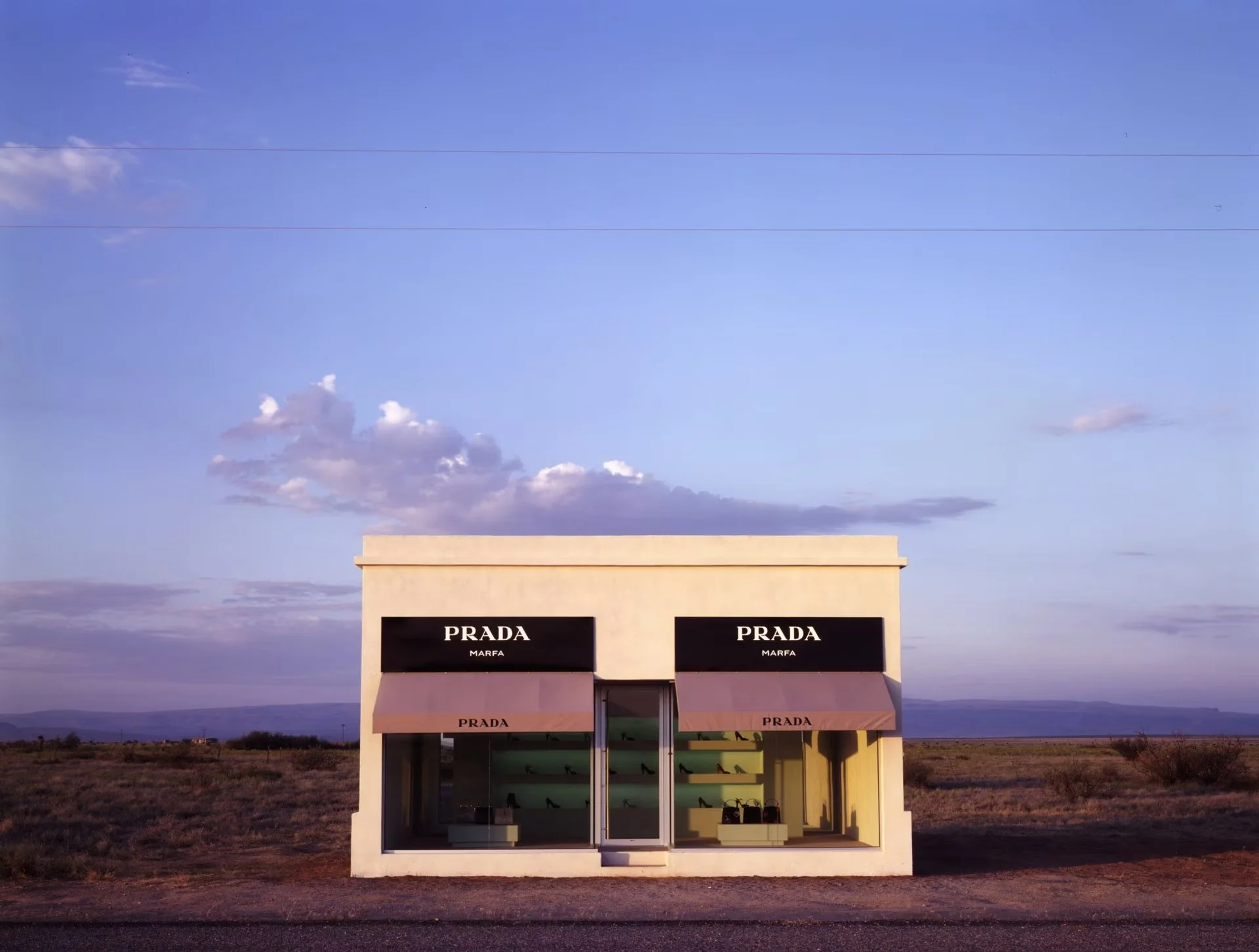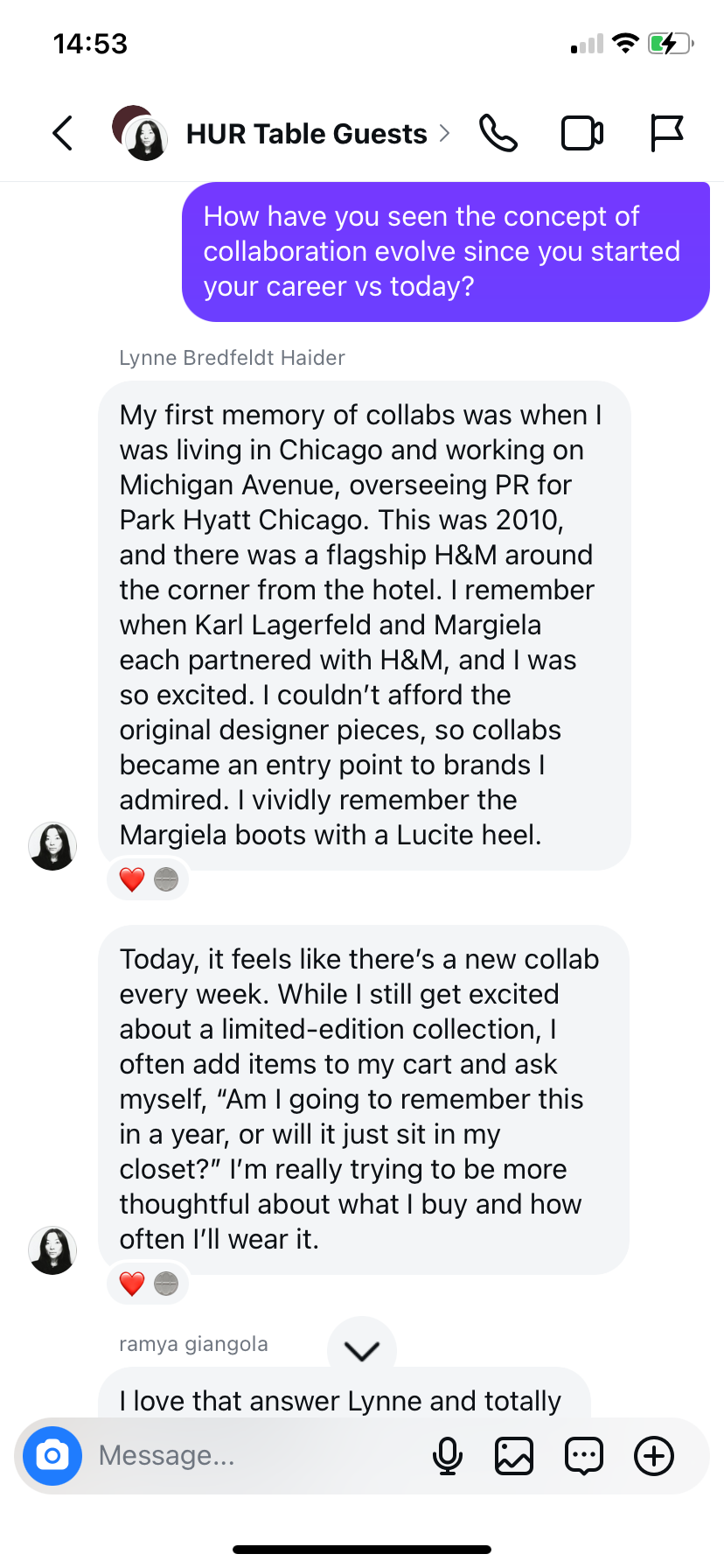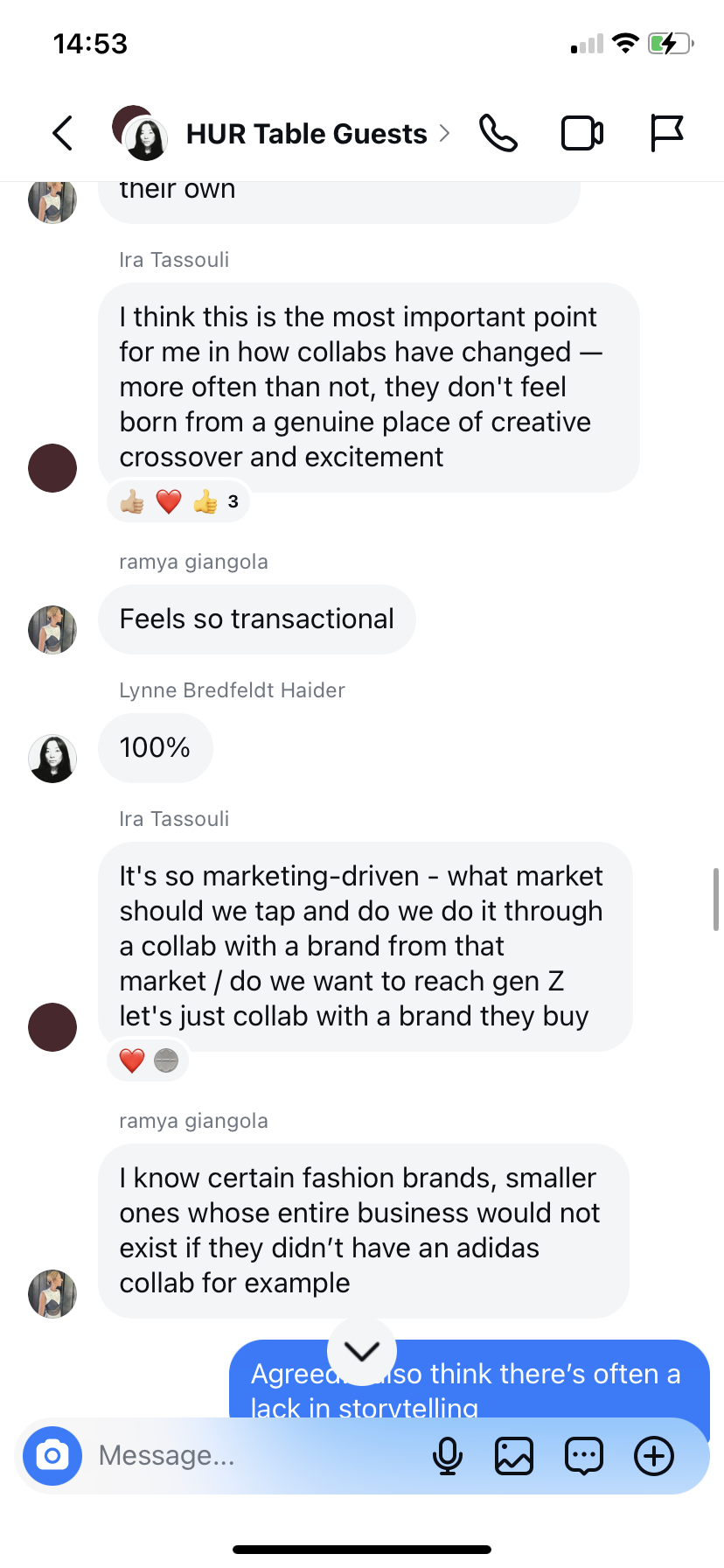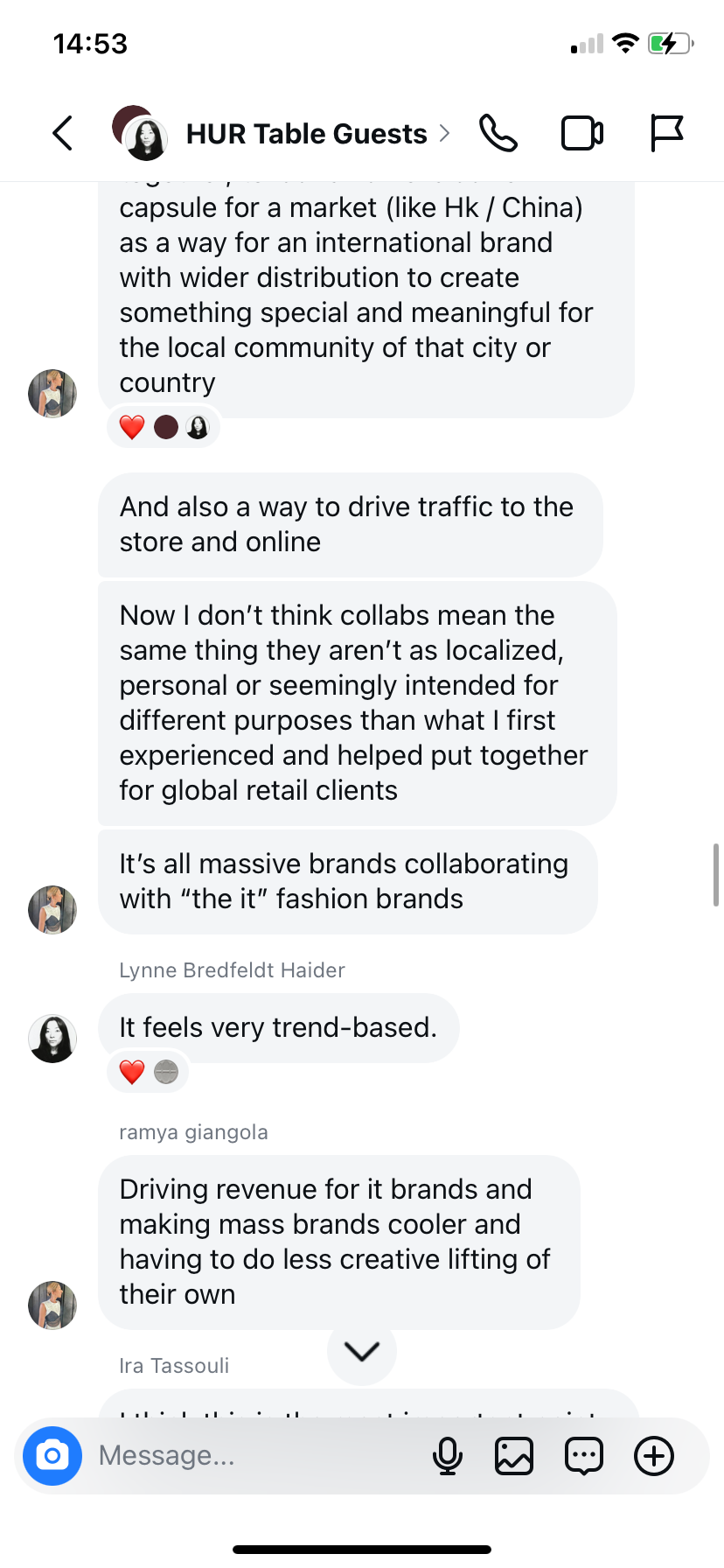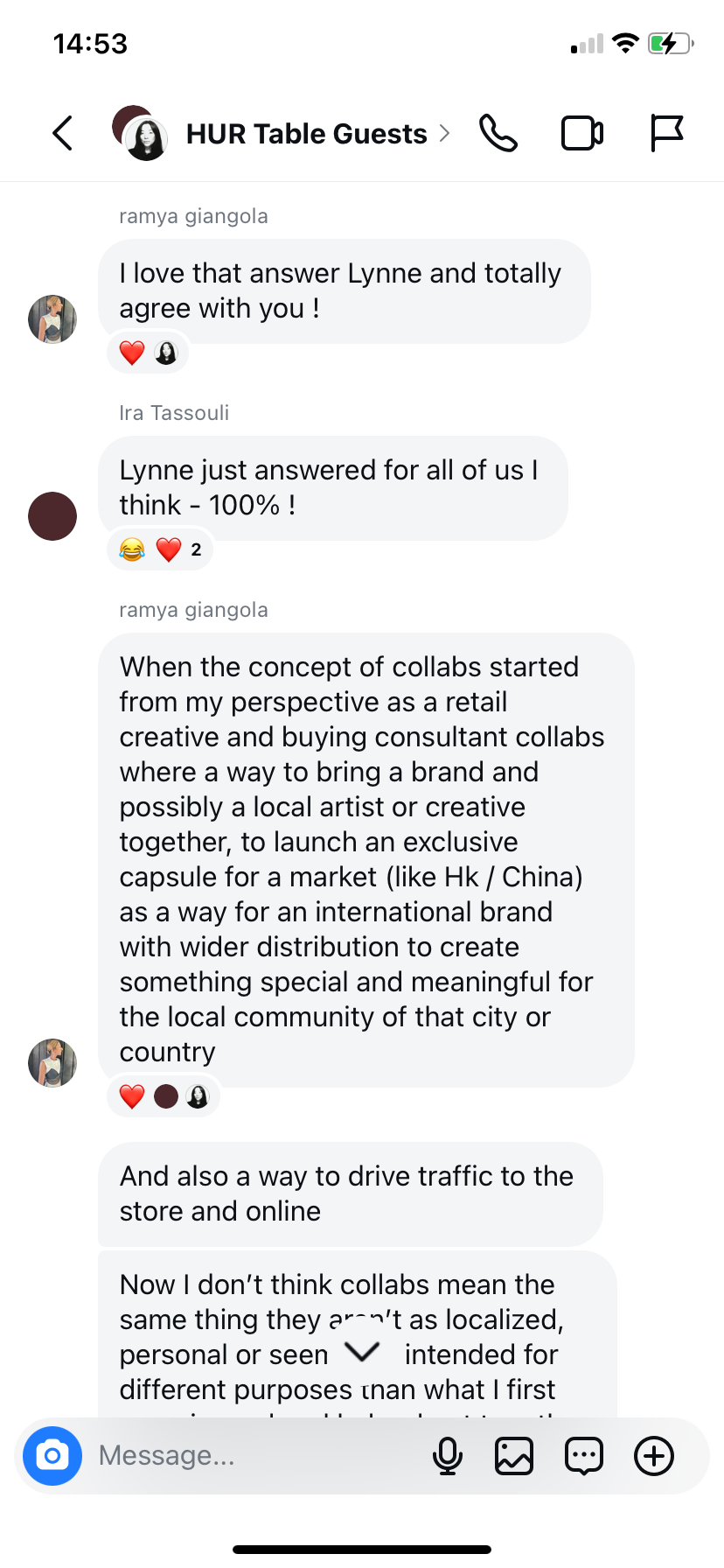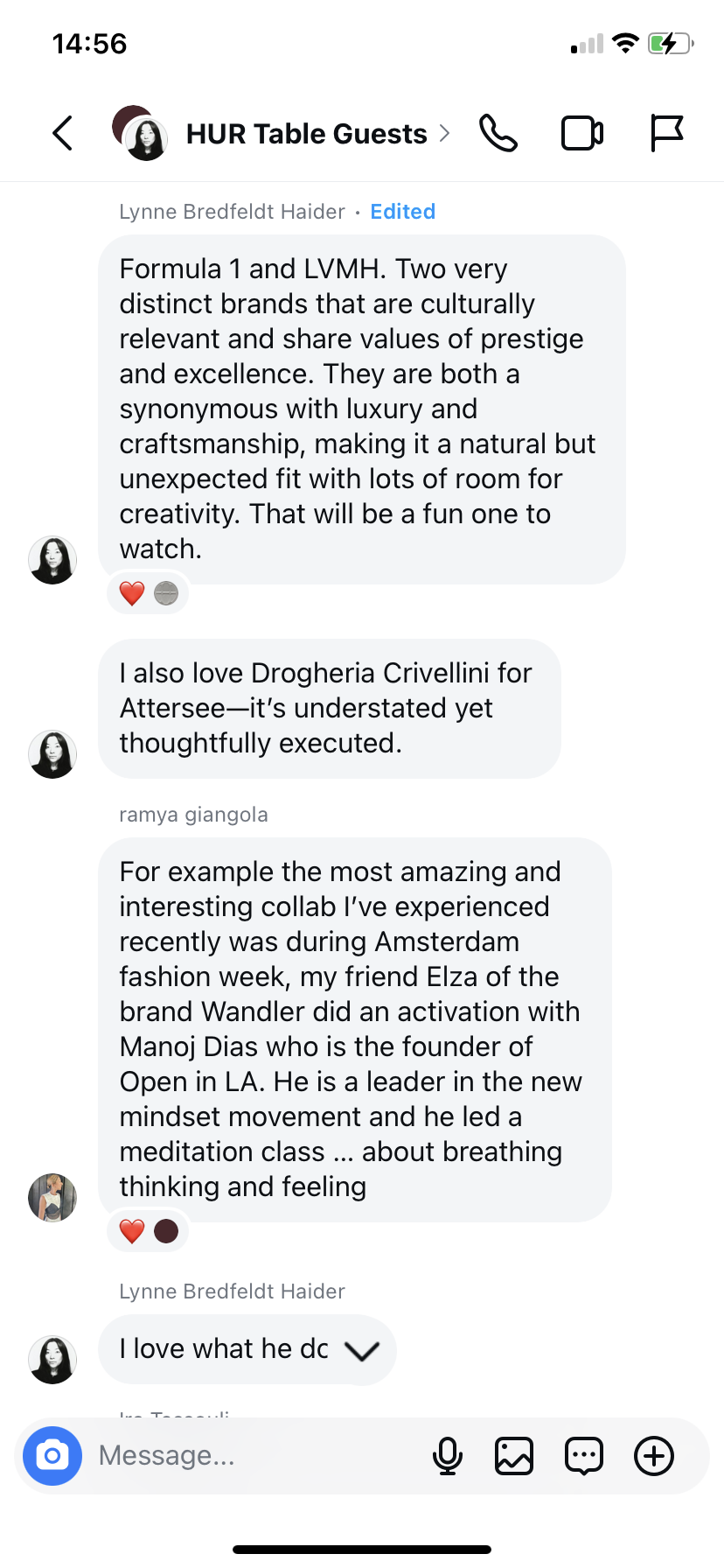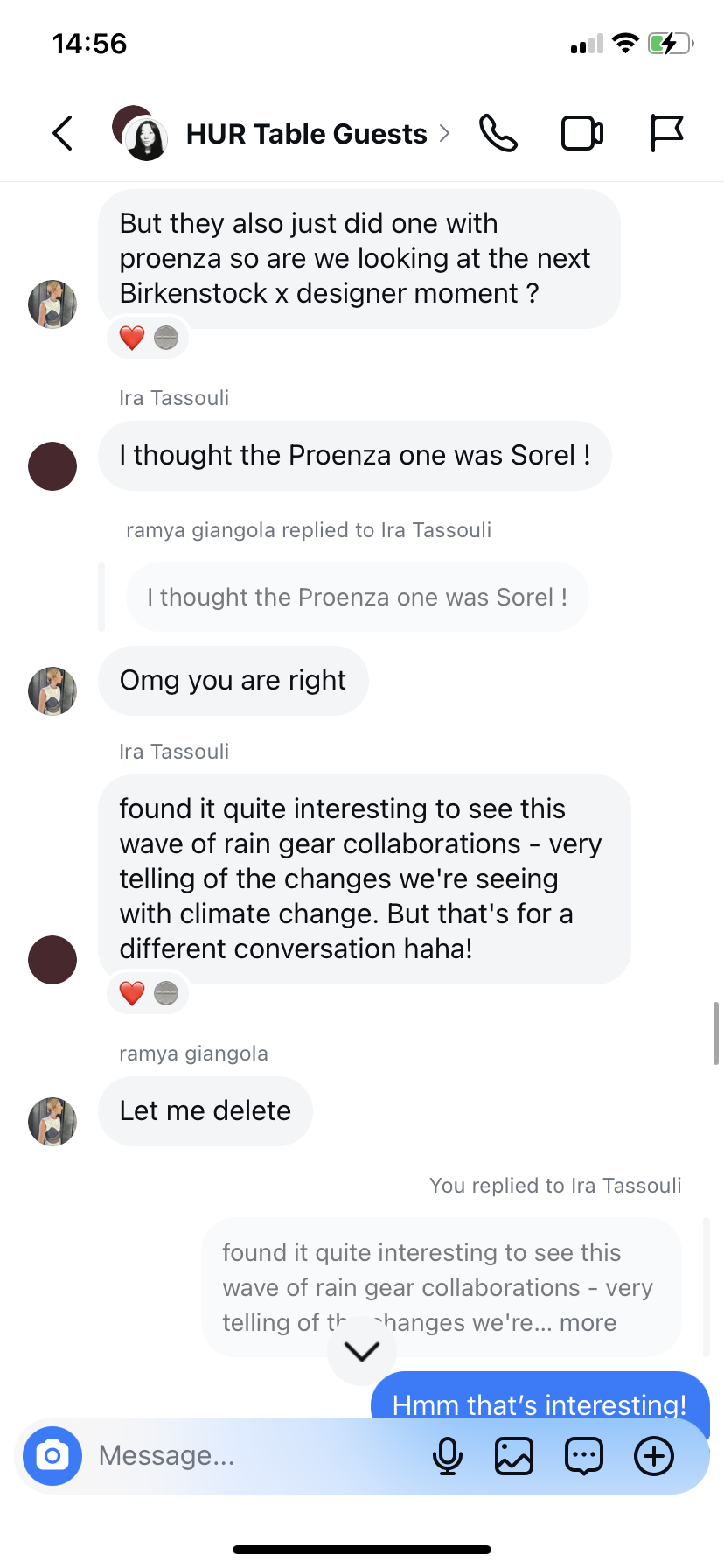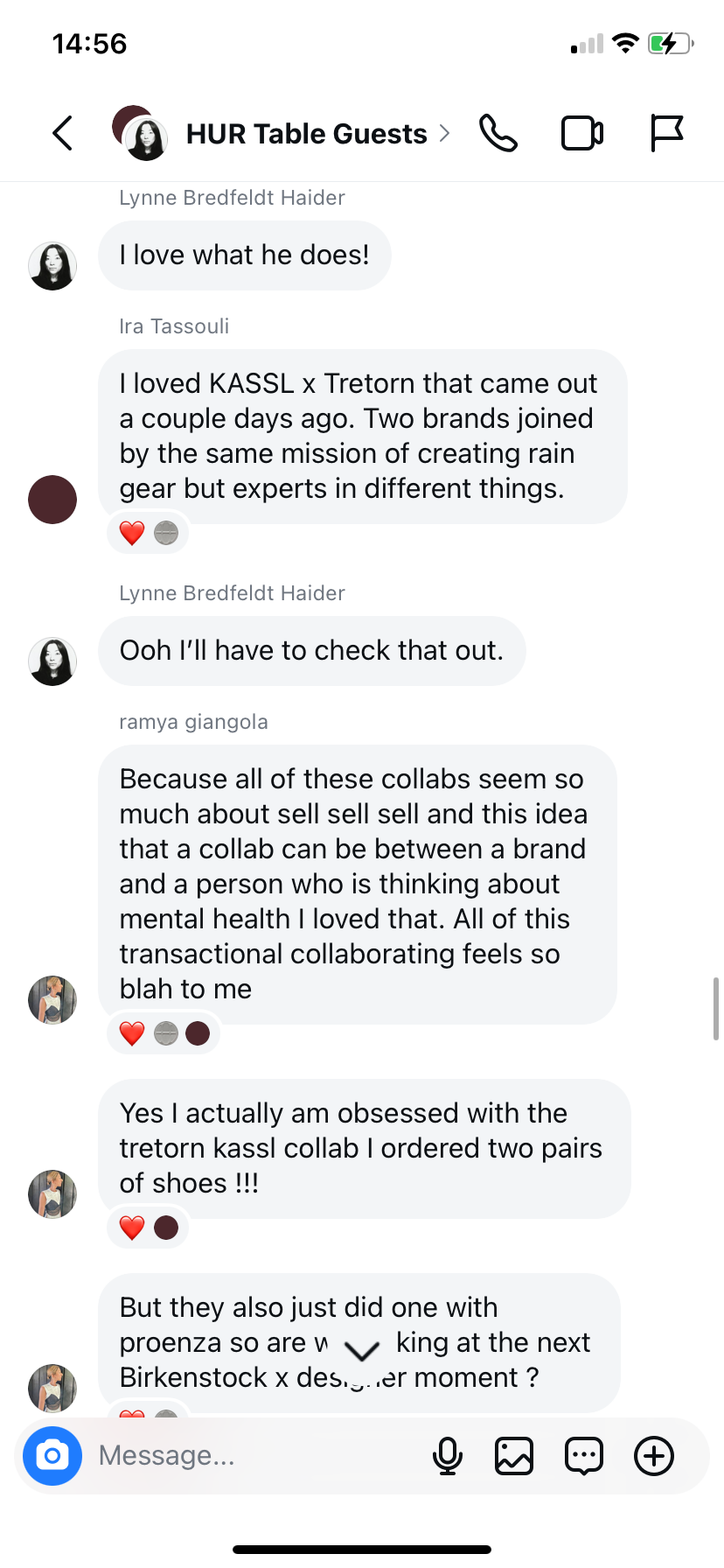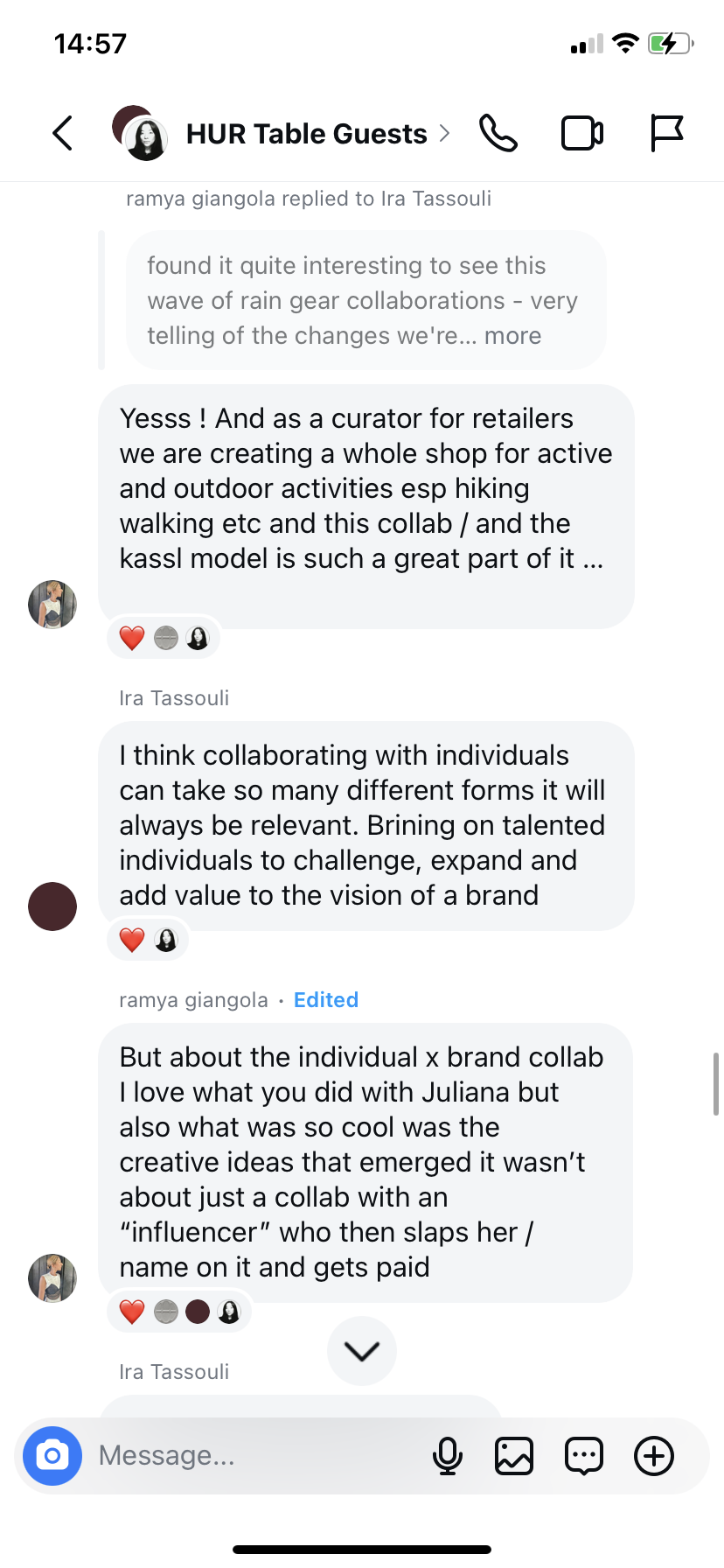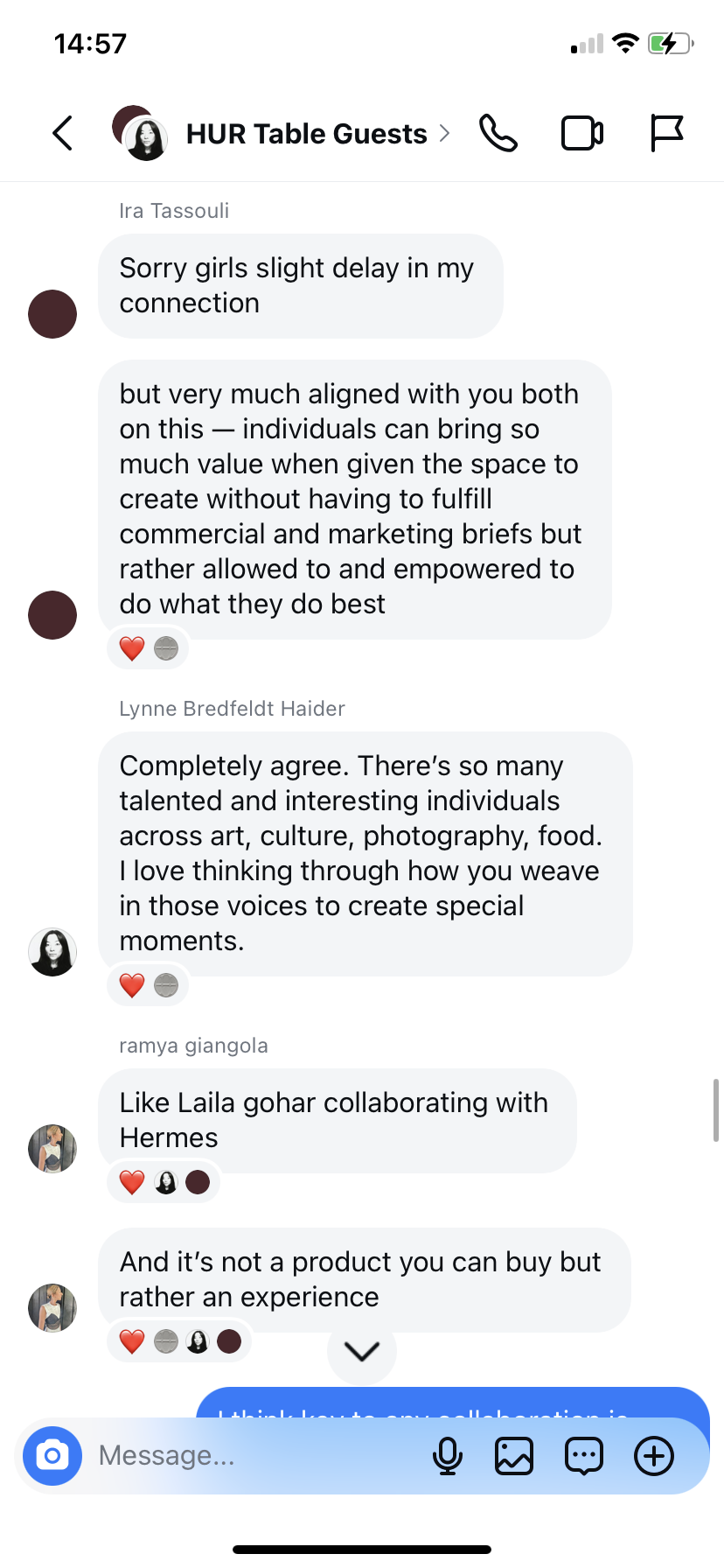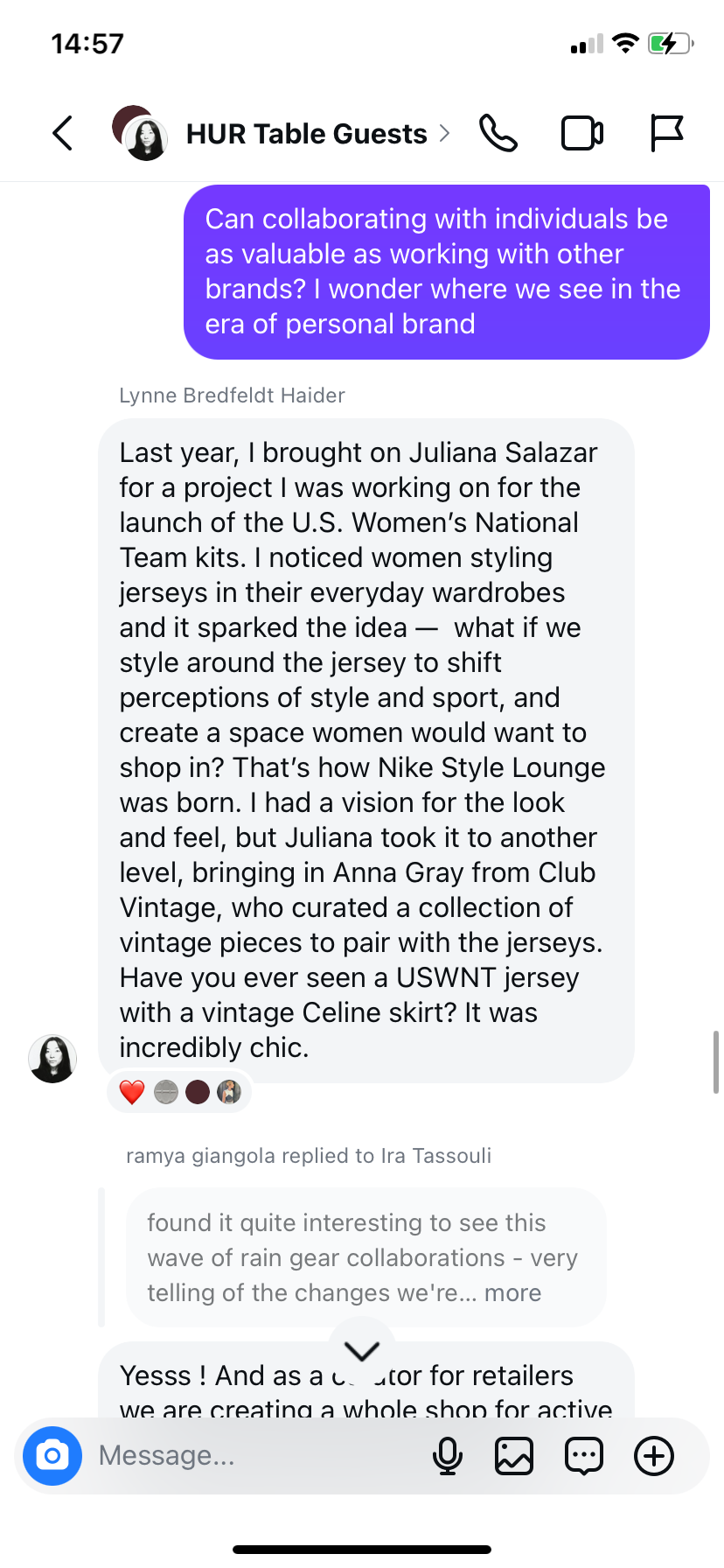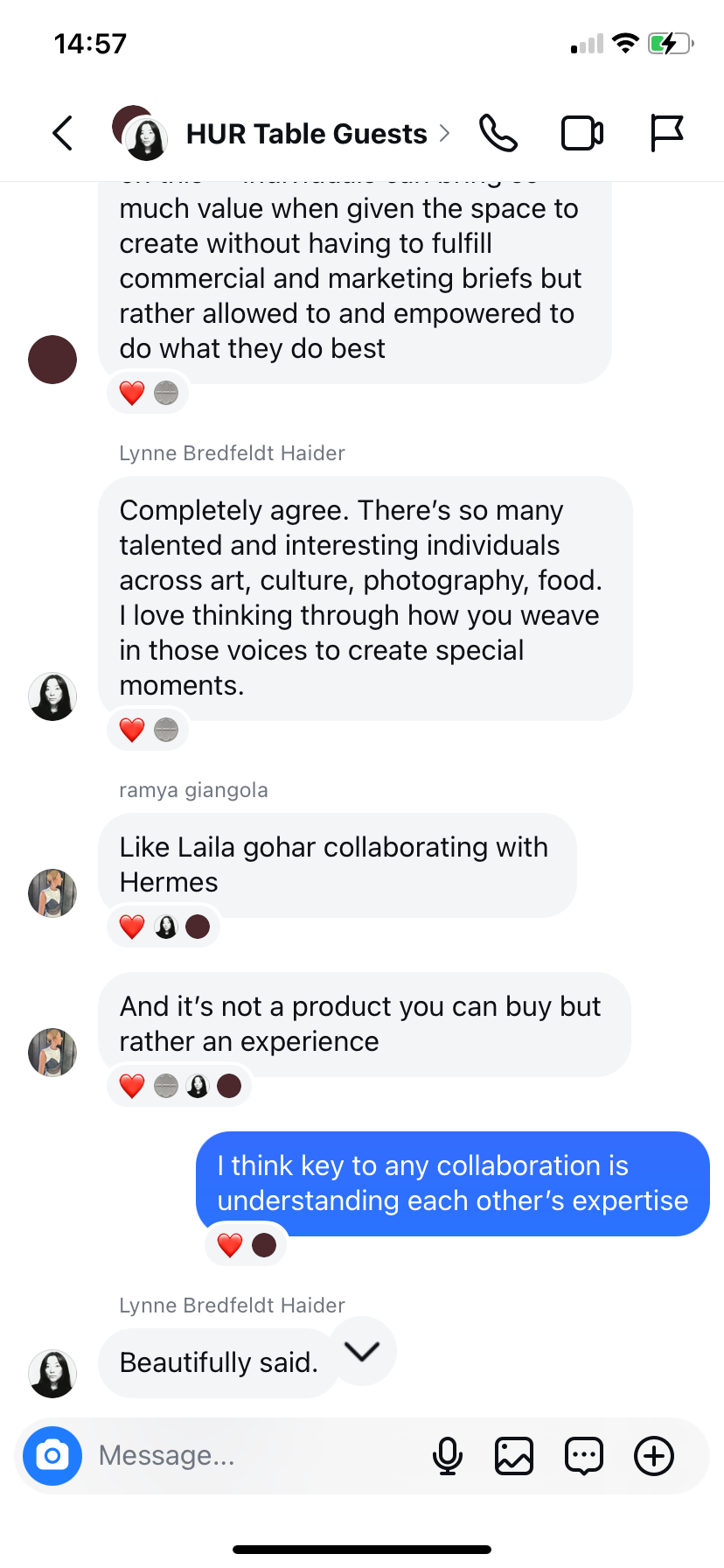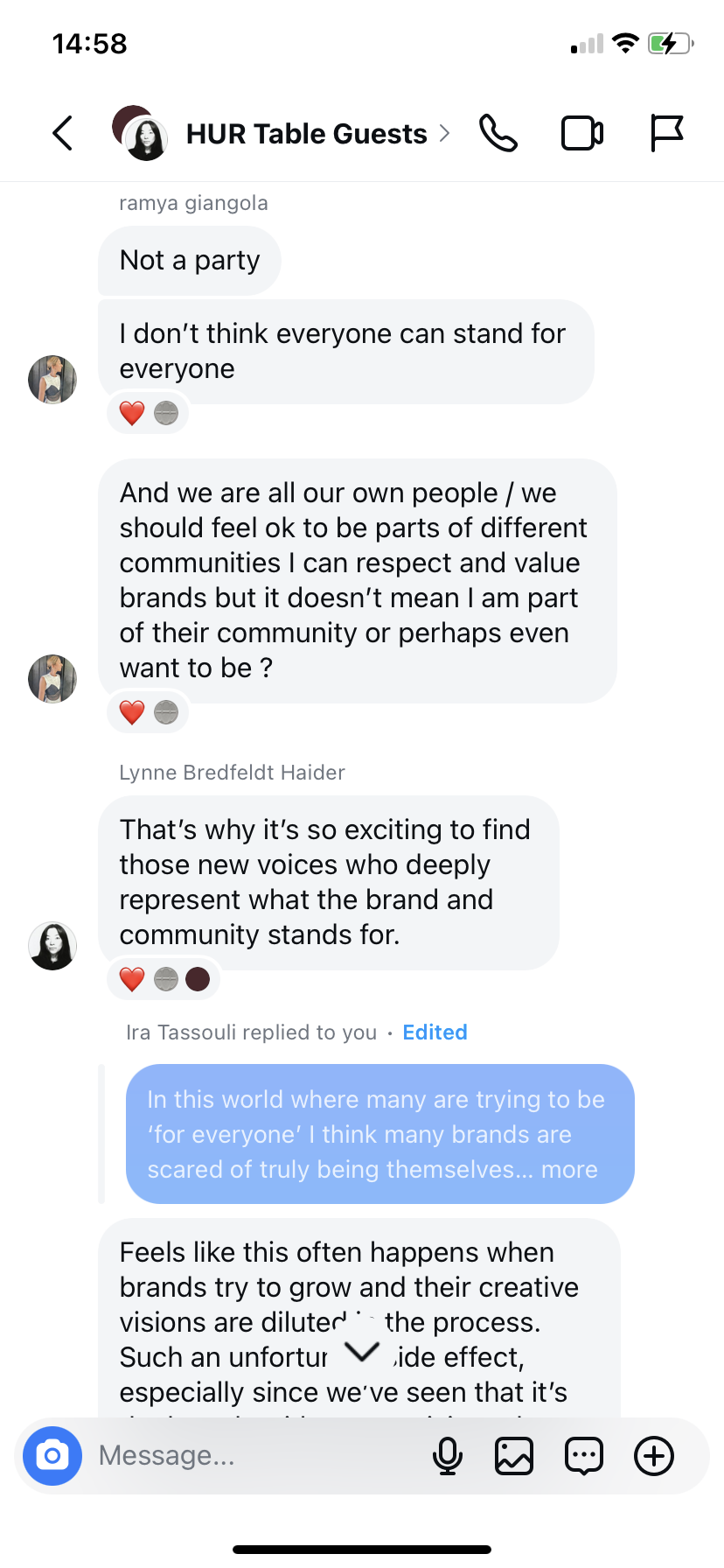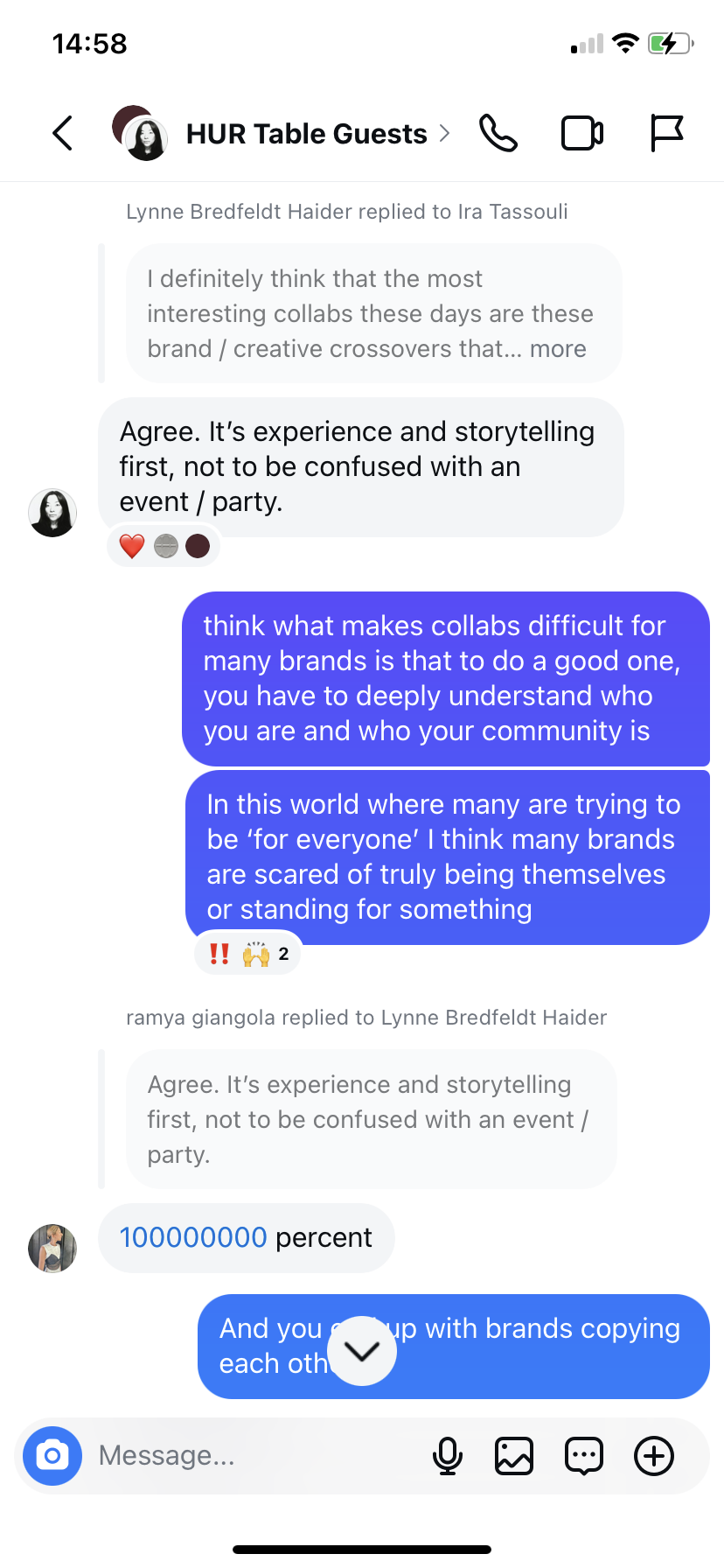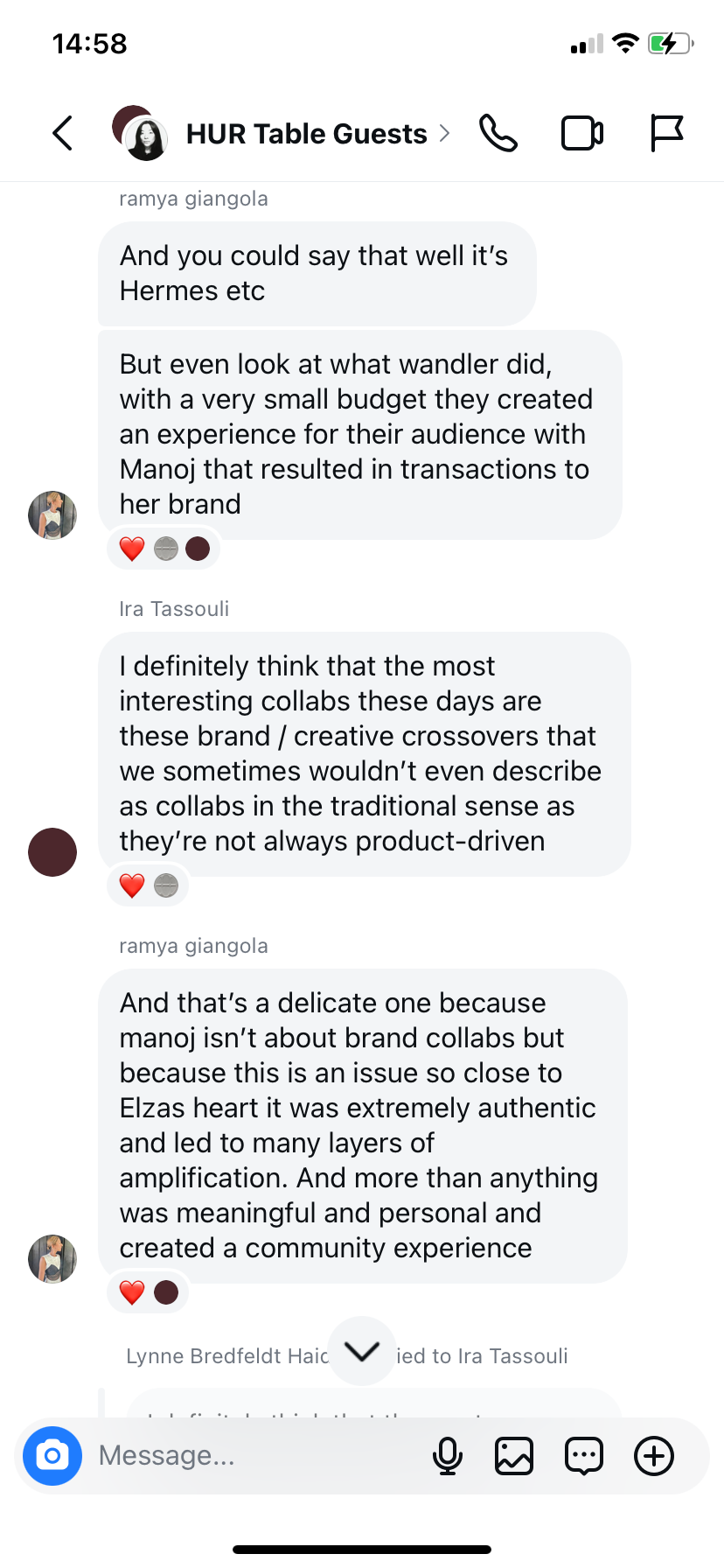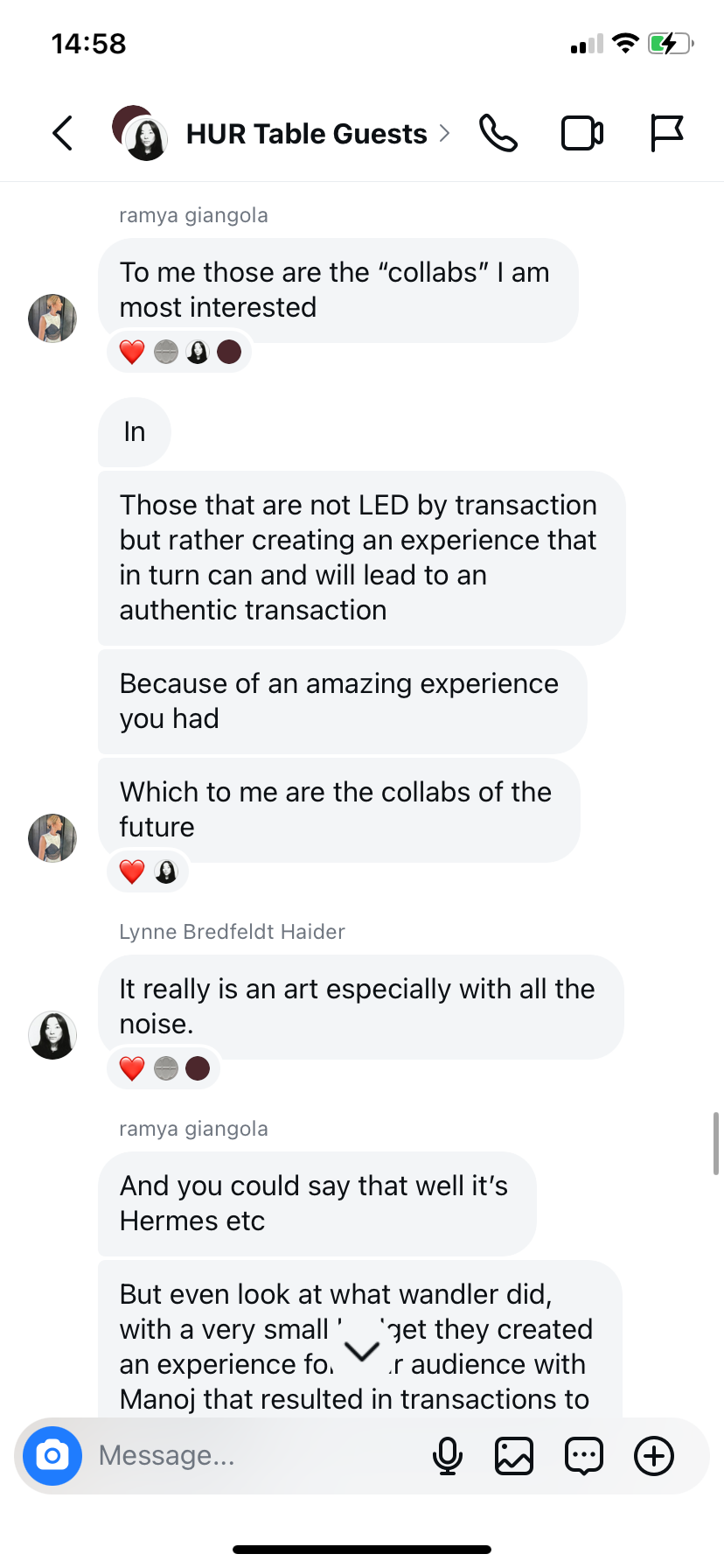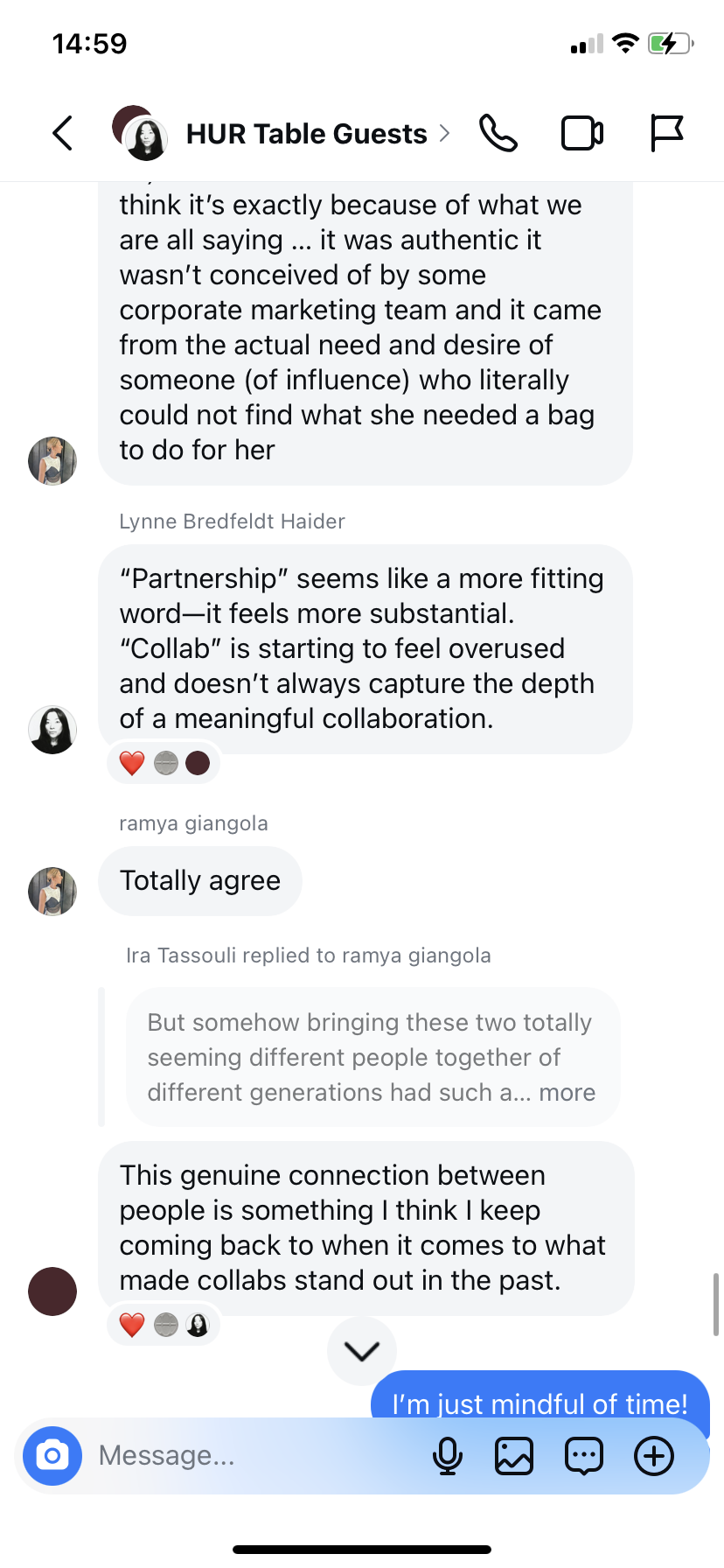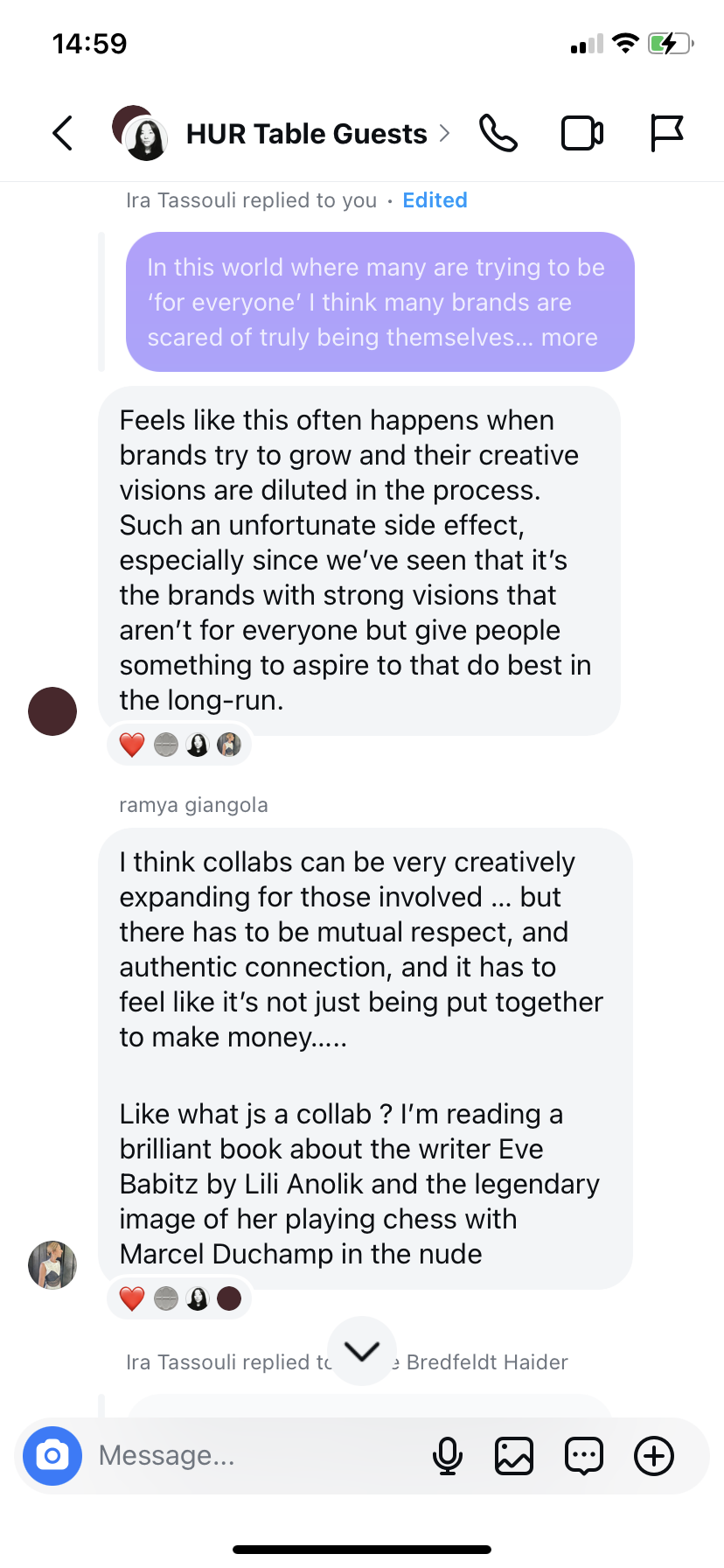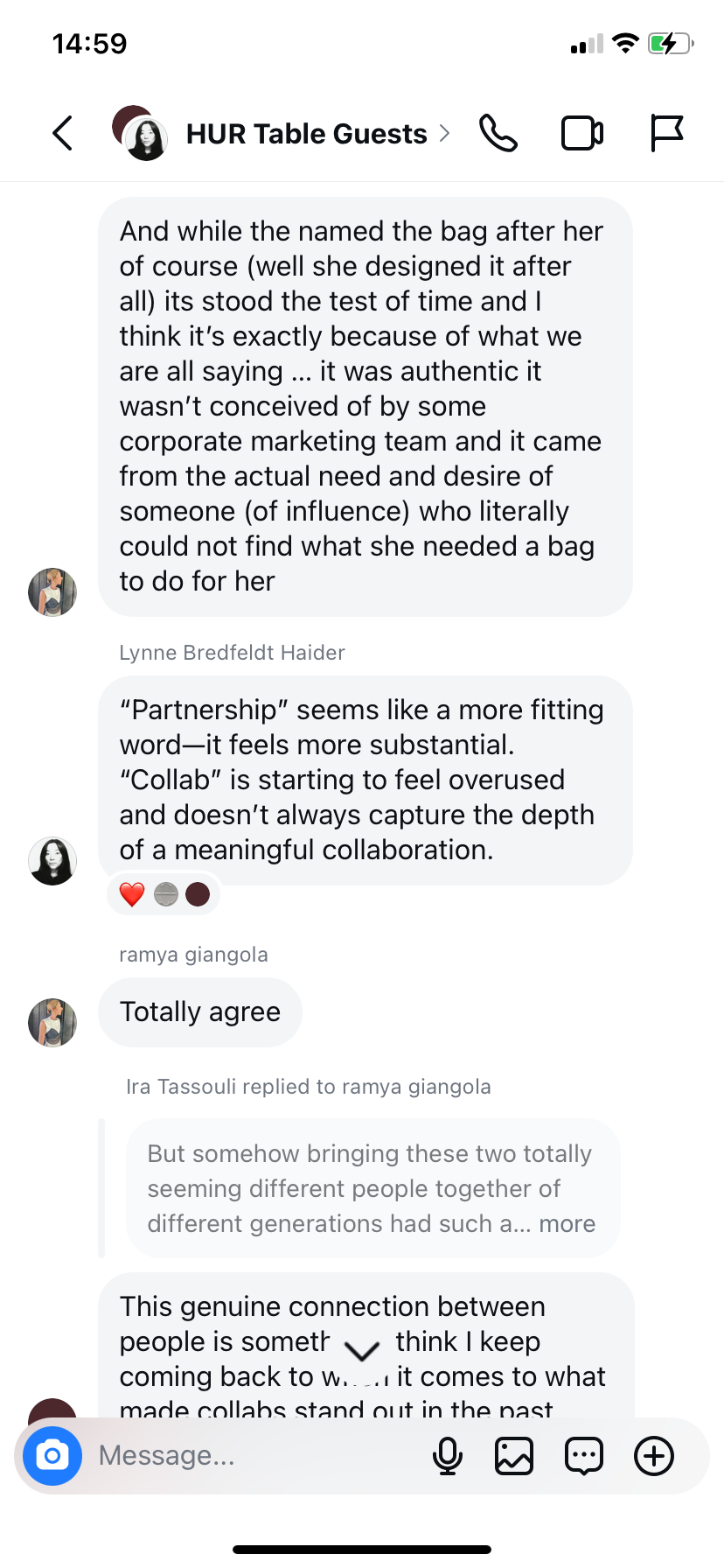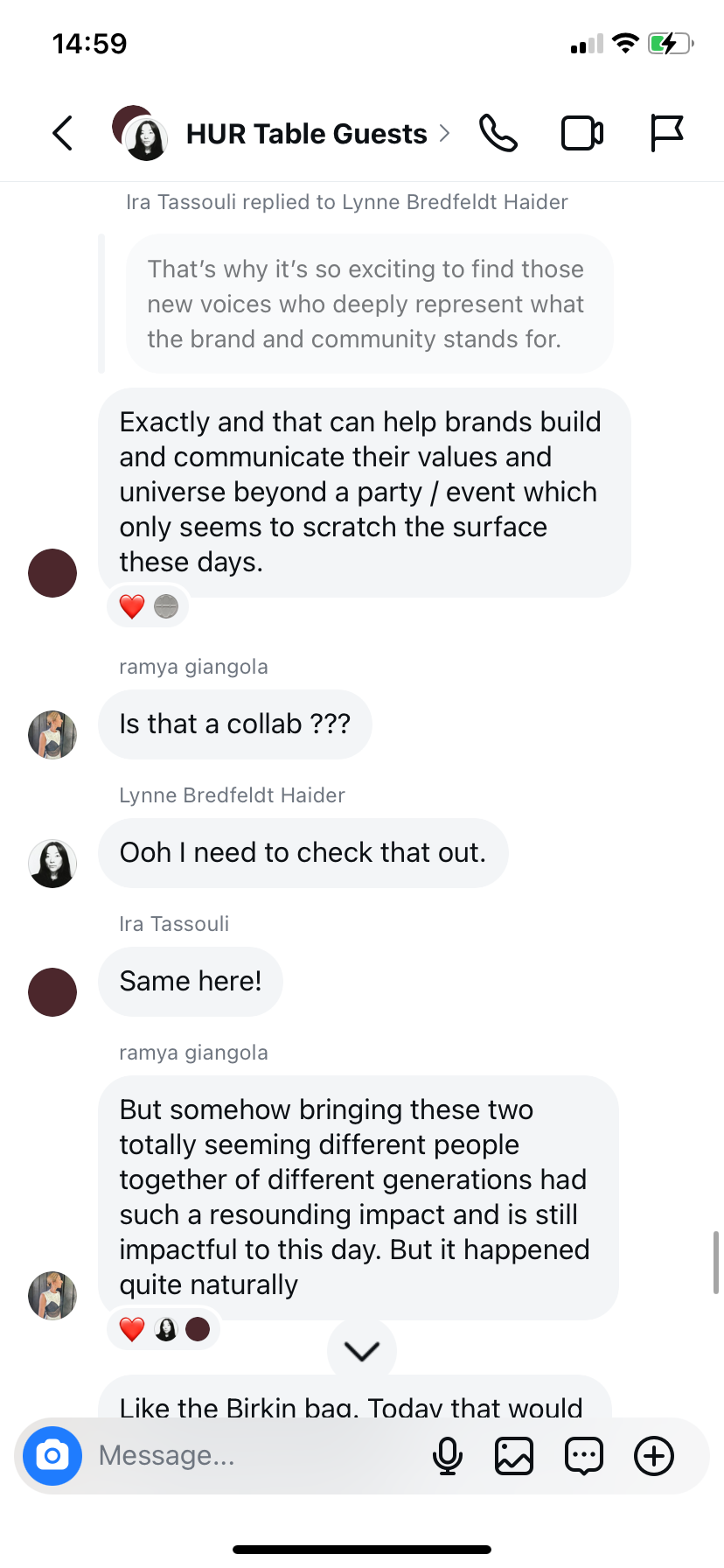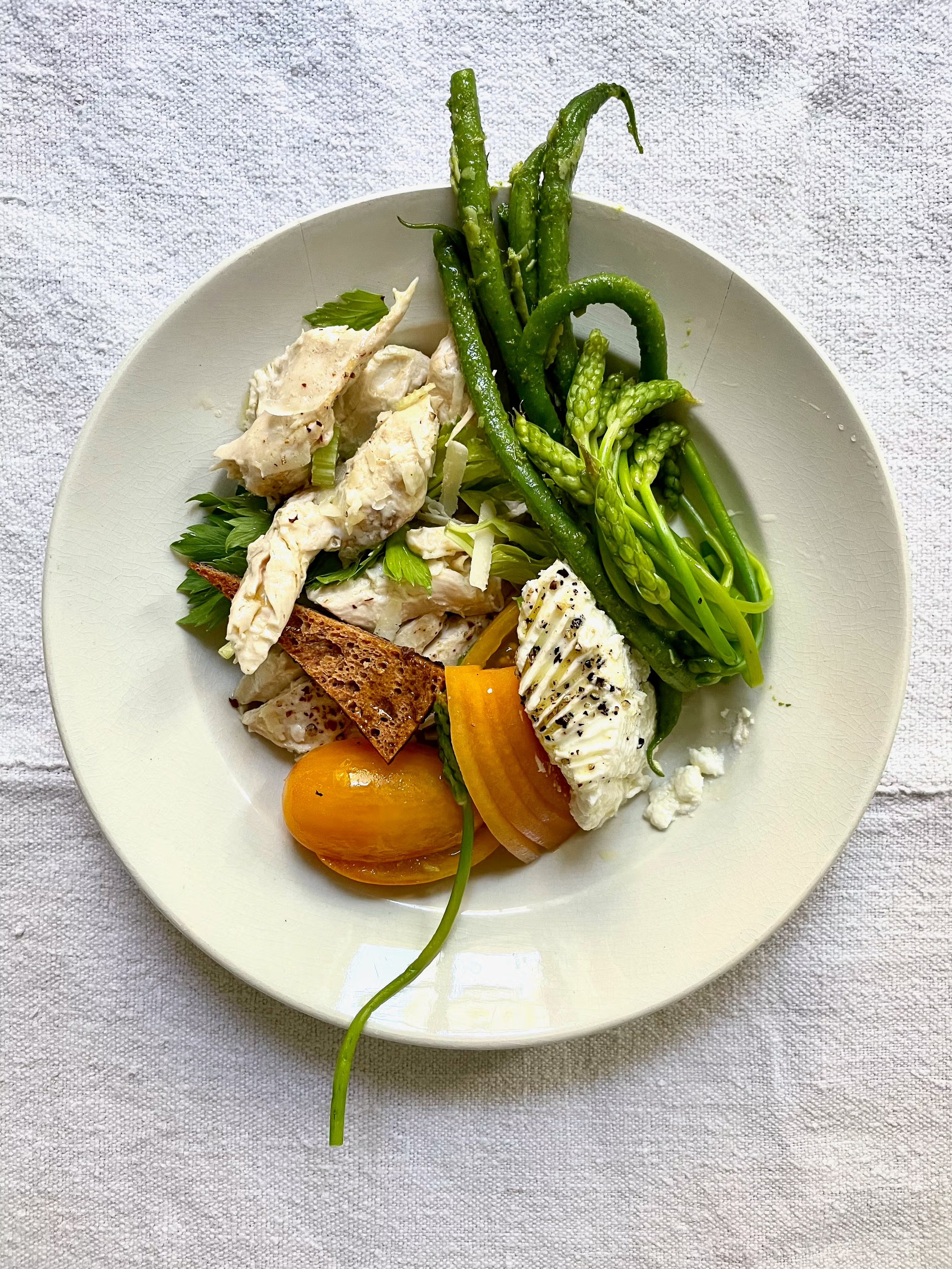In Pursuit of Cultural Relevance, Are Collabs Still the Answer?
Courtesy of Prada.
In Pursuit of Cultural Relevance, Are Collabs Still the Answer?
with Ramya Giangola, Lynne Bredfeldt Haider and Ira Tassouli
By HURS Team
In the style space, collaborations have become ubiquitous, from fashion and art to music, sports, and beyond. No longer just a novel pairing of two distinct brands, collaborations are now core to the marketing playbook. October alone saw Moncler take over Shanghai with Jil Sander, A$AP Rocky and Mercedes-Benz, Prada venturing into space with NASA, and Proenza Schouler teaming up with Sorel. But with partnerships appearing everywhere, it’s worth asking: what’s driving these collaborations today, and do they still carry the same cultural weight?
Collaborations have long shaped the fashion world and beyond, from Schiaparelli’s surrealist designs with Salvador Dalí in the 1930s and 1940s to Nike’s early-2000s collaboration with Comme des Garçons to H&M partnering with luxury brands. But what once felt like a genuine dialogue between brands with aligned values now often looks more like a calculated play for reach and relevance.
As the lines between creative worlds blur, the stakes for cultural relevance are higher than ever before. Brands are crossing into every imaginable arena —art, sports, hospitality, publishing, music—the concept of “staying in your lane” is nearly extinct. Cross-pollination can lead to projects that truly push boundaries. At their best, they let brands curate a world beyond their core product, creating bridges into cultural spaces where they might not naturally belong but where their influence can thrive. Others feel like quick grabs for attention.
A great collaboration goes beyond the product, offering a story and a reason to exist—something that truly resonates with an audience. Just throwing two logos together doesn’t cut it. True collaboration can’t be bought, and consumers can tell the difference. In a landscape where quantity often challenges quality, partnerships with genuine purpose and cultural resonance will be the ones that continue to stand out.
We asked four industry insiders for their take on collaboration, and what makes a good one.
